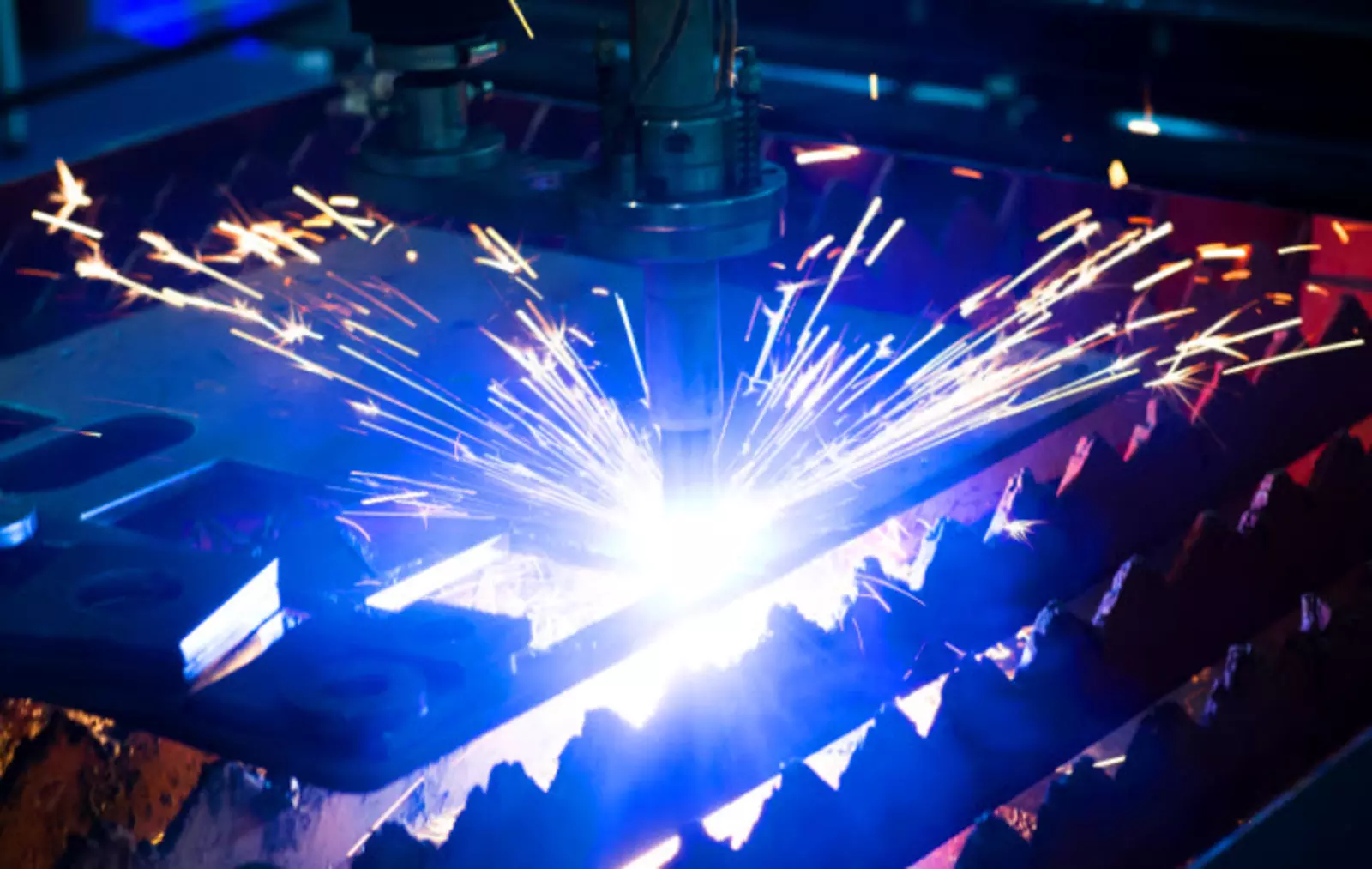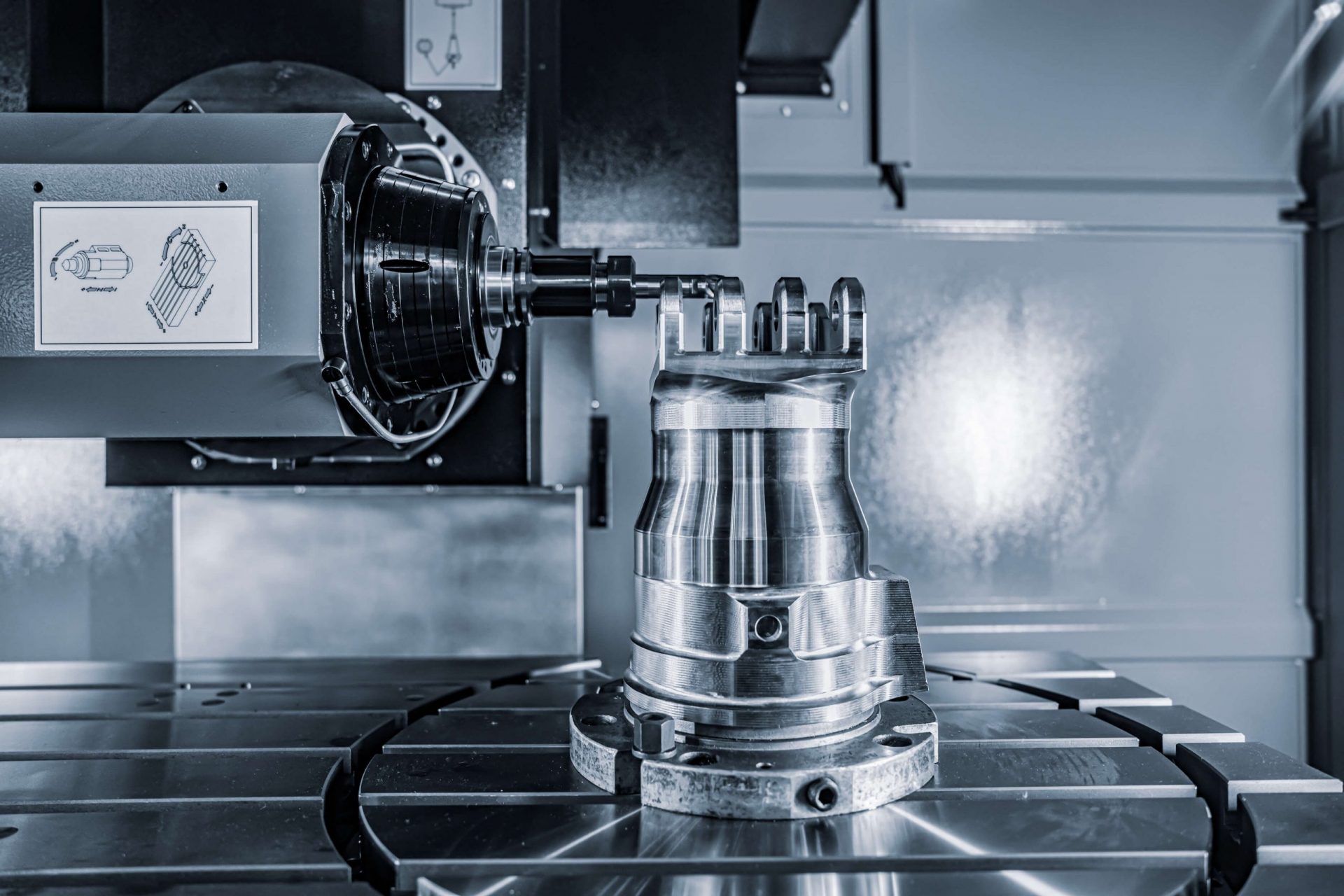Verisurf Software Inc. has rolled out an innovative sales platform offering customers access to both new and pre-owned Coordinate Measuring Machines (CMMs) equipped with Verisurf software. All machines undergo calibration and certification processes and come bundled with the Verisurf CMM Programming and Inspection Suite software.
Terry Wear, Director of CMM Integration at Verisurf Software Inc., emphasizes the company’s commitment to tailoring measurement and inspection solutions to meet customer needs. He notes, “While our preference is to deliver new machines featuring the latest technology, in cases where budget constraints or specific applications necessitate pre-owned equipment, there is a wealth of high-quality CMMs available. Software plays a pivotal role in unlocking the full potential of any CMM.”
Whether new or pre-owned, all CMMs are compatible with Verisurf software. Verisurf distinguishes itself as the sole metrology software constructed on a comprehensive 3D CAD/CAM platform, complete with intelligent model-based definition (MBD). This approach ensures data integrity and allows users to seamlessly execute metrology workflows within a CAD environment, maintaining model-based digital continuity. Verisurf software supports a variety of CAD file formats, and the Verisurf Device Interface (VDI), featuring a virtual CMM display, interacts with and manages all programmable and portable CMMs for universal compatibility. The software’s modular design, user-friendly CMM programming, and integrated productivity tools empower users to swiftly formulate measurement routines with efficient and repeatable workflows, enhancing quality process control.


